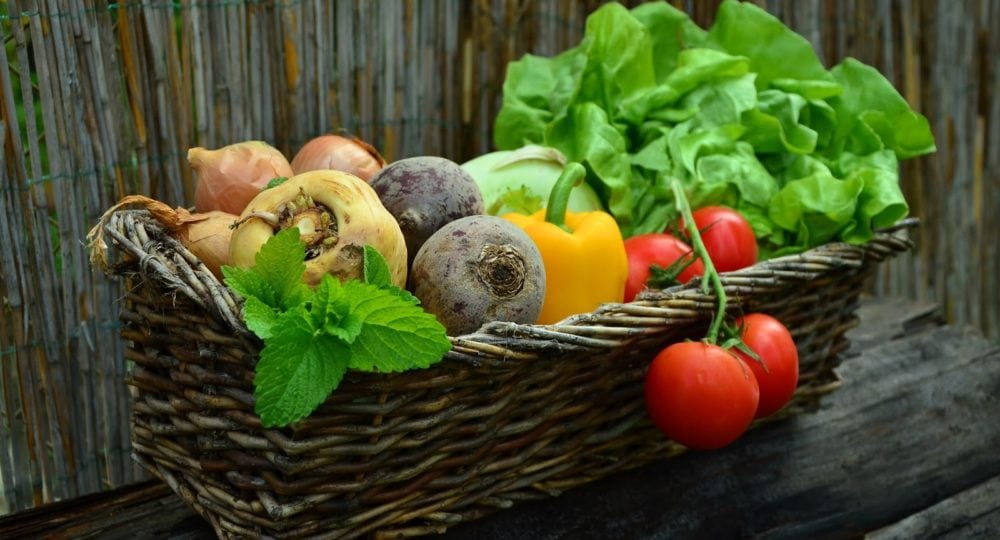Do you find it difficult to eat healthy? Healthy eating is a challenge for most Americans. Sometimes busy schedules lead to more frequent trips to fast food restaurants or quick, unhealthy meal choices. I recently read an article titled “12 Foods You Need to Stop Buying – and 17 You Should Eat More” published by Health.com and it compared and contrasted foods we “should” be eating vs. foods we should “avoid”. I quickly realized my own struggle with selecting foods that have the best nutrients and health benefits.
Although I have probably read or heard the information presented in the article many times in the past, the article was a good reminder of why you should be eating more of one food but less of another.
The article broke the information down by each of the primary food groups which are summarized below:
Vegetables:
The article listed dark, leafy greens like kale, spinach, romaine, collards, turnip and mustard greens, broccolini as well as cauliflower, brussel sprouts, and other cruciferous vegetables as the “best vegetables” to eat. The article quoted Sharon Palmer, a southern California Registered Dietician who said “They’re some of the most nutrient-dense foods on the planet – packed with vitamins, minerals and phytochemicals that help protect the cells and build the immune system, all for a skinny little calorie level.” Dr. Palmer recommended eating 1 ½ to 2 cups of leafy vegetables on a weekly basis. As far as the non-leafy vegetables listed, the recommendation by Erin Palinski-Wade, Registered Dietician, is 1 cup per day. She stated “these veggies are packed with antioxidants and have been show in multiple studies to help reduce cancer risk thanks to the phytochemical sulforaphane.
The “worst vegetable” according to the article is “anything in a can” due to additives like sugar and sodium. Additionally, it pointed out that starchy vegetables like corn, peas, potatoes, pumpkin, squash and yams “tend to contain fewer vitamins and minerals and less fiber than other types of vegetables.” Roger Adams, PhD, a Houston based nutritionist stated “these types of vegetables are best eaten earlier in the day as they’re high in carbohydrates.” The article suggested frozen vegetables as a healthy alternative for convenience, stating “they’re just as healthy as fresh because they’re flash-frozen at the site of harvest.”
Fruits:
Switching gears to the best and worst fruits, the article highlighted avocados, berries or frozen fruit as the “best fruit”. The article indicated “avocados are an excellent source of healthy fats and contain over one dozen essential nutrients. They’re high in fiber, vitamin E, B vitamins, and potassium.” Although avocados are fattening, they are full of monounsaturated fatty acids which is the “heart healthy type” of fat. As far as berries, they “offer antioxidant polyphenolic and anthocyanin benefits.” “Berries are also often high in vitamin C and low in calories.” The article suggested consuming 3 cups of berries per week.
The article classified the “worst fruit” as processed fruit drinks and canned or dried fruit. Processed fruit drinks are often marketed as “real juice” according to the article, but “they are loaded with sugar, empty calories and artificial sweeteners” all of which can “increase cravings for sugary, salty and unhealthy fatty foods”. Canned and dried fruits both contain added sugar and increased calories.
Additionally, the article outlined the best and worst grains, proteins, dairy, and fats as well, which have been briefly summarized below.
Grains:
Best grains: whole grains, ancient grains (quinoa, teff, fiber, lysine), oatmeal
Worst grains: white bread, pasta, rice, crackers, pretzels because “the bran and germ are stripped away”, sugary cereals,
Protein:
Best protein: fish, chicken, tofu, nuts, eggs
Worst protein: red meat (which includes beef, pork and lamb), processed meats
Dairy:
Best dairy: greek yogurt, cottage cheese
Worst dairy: flavored yogurts, processed substitute cheese
Fats:
Best fat: extra virgin olive oil
Worst fat: trans fats
For additional details about each of the food groups listed above, please read the full article by clicking the link in the Health.com link in the third paragraph. The article provides a wealth of information that may help you make healthier selections the next time you make a trip to the grocery store.





